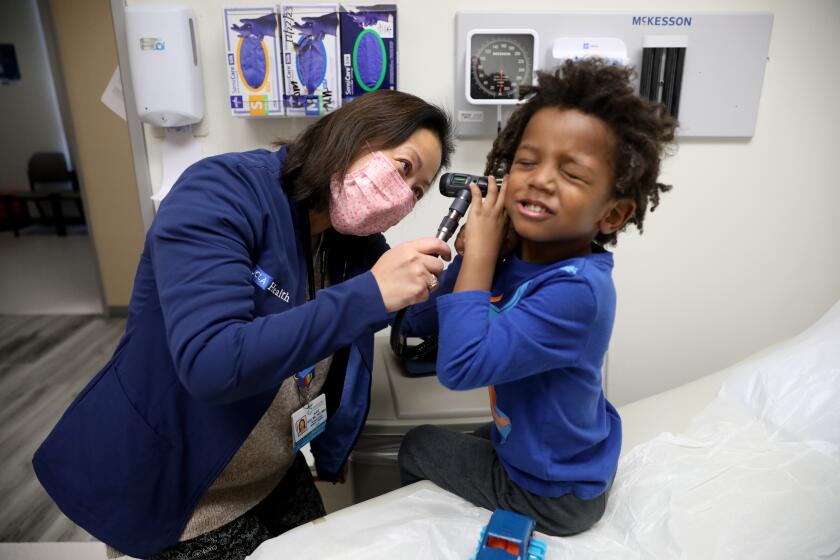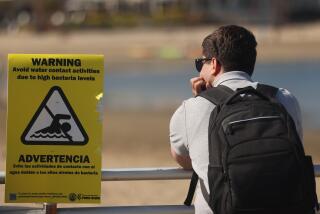Drownings rose among young children after decades of decline. It’s ‘highly concerning,’ CDC says

During the pandemic years of shuttered pools and difficult-to-find swim lessons, the drowning rate of very young children increased significantly in the U.S., following decades of declines, according to a new federal report.
Drowning rates among children 1 to 4 were about 28% higher in 2021 and 2022, compared to 2019, according to the U.S. Centers for Disease Control and Prevention. In 2022, 461 children ages 1 to 4 died in a drowning accident, which is the number one cause of death among babies and toddlers. Rates are not yet available for 2023 or 2024, so it’s unknown whether deaths have declined since then.
Reading by 9’s guide to reading readiness. Find expert tips, book recommendations and resources for parents of kids under age 5.
But children ages 1 to 4 already had the highest rates of drowning, even before the pandemic. The recent increase is “highly concerning,” said Tessa Clemens, a health scientist in the CDC’s Division of Injury Prevention and lead author of the new report.
While the exact reason for the increase is unknown, the shutdown likely played a role, she said.
“Many public pools closed during the COVID-19 pandemic, which limited the availability of swim classes. Once pools reopened, many facilities faced shortages of trained swimming instructors and lifeguards,” said Clemons. For many families, swim lessons and safe swim areas remained difficult to come by.
Siblings, ages 4 and 2, are killed when the fast-moving San Bernardino National Forest creek sweeps them downstream.
In Los Angeles, lifeguard shortages have continued to be a problem. Last summer, some public pools cut their hours and swim lessons were canceled because lifeguards were so difficult to find. Pandemic shutdowns fueled the so-called “great resignation,” in which many college-aged lifeguards quit to return to school or seek work in other industries. Many never came back.
Facing another likely shortage as summer approaches, the Los Angeles County Department of Parks and Recreation has increased lifeguard wages by 20% this year.
Experts say water safety should be top of mind for families, especially in Los Angeles County, home to about 250,000 swimming pools, 96% of which are attached to single-family homes, according to a 2016 analysis.
The CDC recommends that families begin swim lessons early — even while their children are babies.
“It’s never too young to really have that exposure to water to get comfort with it,” said Dr. Debra Houry, the CDC’s chief medical officer. “What I would say though, is even at that age if they do know how to swim, it’s still really important to have close parental supervision.”
The CDC also recommends:
- Building and revitalizing public pools to increase access to swimming for all people, including those with disabilities
- Promoting affordable swimming and water safety lessons
- Building fences at least 4 feet tall that fully enclose and separate the pool from the house
- Not drinking alcohol before or during swimming, boating or other water activities.
Overall, more than 4,500 people of all ages died due to drowning each year from 2020 to 2022 — 500 more per year compared to 2019. That’s one person every two hours. Native Americans and Black Americans have long been at greatest risk, the result of decades of segregation at public and private pools. Those disparities grew even worse during the pandemic.
Most California kids rely on Medi-Cal for vital preventive care, but many are missing necessary health screenings because of trouble accessing its services.
Almost 40 million adults (15.4%) in the United States do not know how to swim and over half (54.7%) have never taken a swimming lesson.
“It’s never too late to take that swim lesson, to get those water safety skills, particularly as we’re going into the summer,” said Houry. “It can save your life, it can save your family member’s life.”
This article is part of The Times’ early childhood education initiative, focusing on the learning and development of California children from birth to age 5. For more information about the initiative and its philanthropic funders, go to latimes.com/earlyed.
More to Read
Start your day right
Sign up for Essential California for news, features and recommendations from the L.A. Times and beyond in your inbox six days a week.
You may occasionally receive promotional content from the Los Angeles Times.











